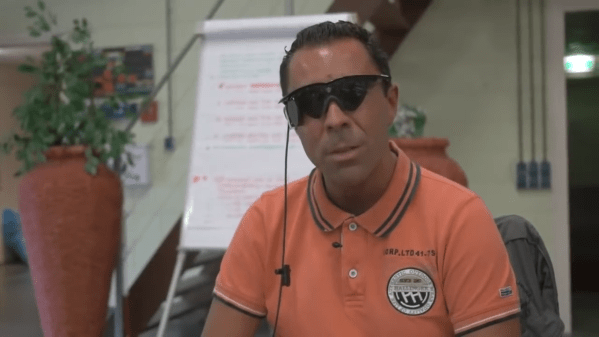As Neuralink works towards getting its brain-computer interface technology approved for general use, it now has two human patients who have received the experimental implant. The second patient, [Alex], received the implant in July of 2024 and is said to be doing well, being able to play games like Counter Strike 2 without using his old mouth-operated controller. He’s also creating designs in Fusion 360 to have them 3D printed.
This positive news comes after the first patient ([Noland Arbaugh]) suffered major issues with his implant, with only 10-15% of the electrodes still working after receiving the implant in January. The issue of electrode threads retracting was apparently a known issue years prior already.
We analyzed Neuralink’s claims back in 2019, when its founder – [Elon Musk] – was painting lofty goals for the implant, including reading and writing of brains, integration with AIs and much more. Since that time Neuralink has been mostly in the news for the many test animals which it euthanized during its test campaign prior to embarking on its first human test subjects.
There also appears a continuing issue with transmitting the noisy data from the electrodes, as it is far more data than can be transmitted wirelessly. To solve this seemingly impossible problem, Neuralink has now turned to the public with its Neuralink Compression Challenge to have someone make a miraculous lossless compression algorithm for it.
With still many challenges ahead, it ought to be clear that it will take many more years before Neuralink’s implant is ready for prime-time, but so far at least it seems to at least make life easier for two human patients.
Continue reading “Second Human Neuralink Brain Implant Recipient Uses It For CAD And Videogaming”












